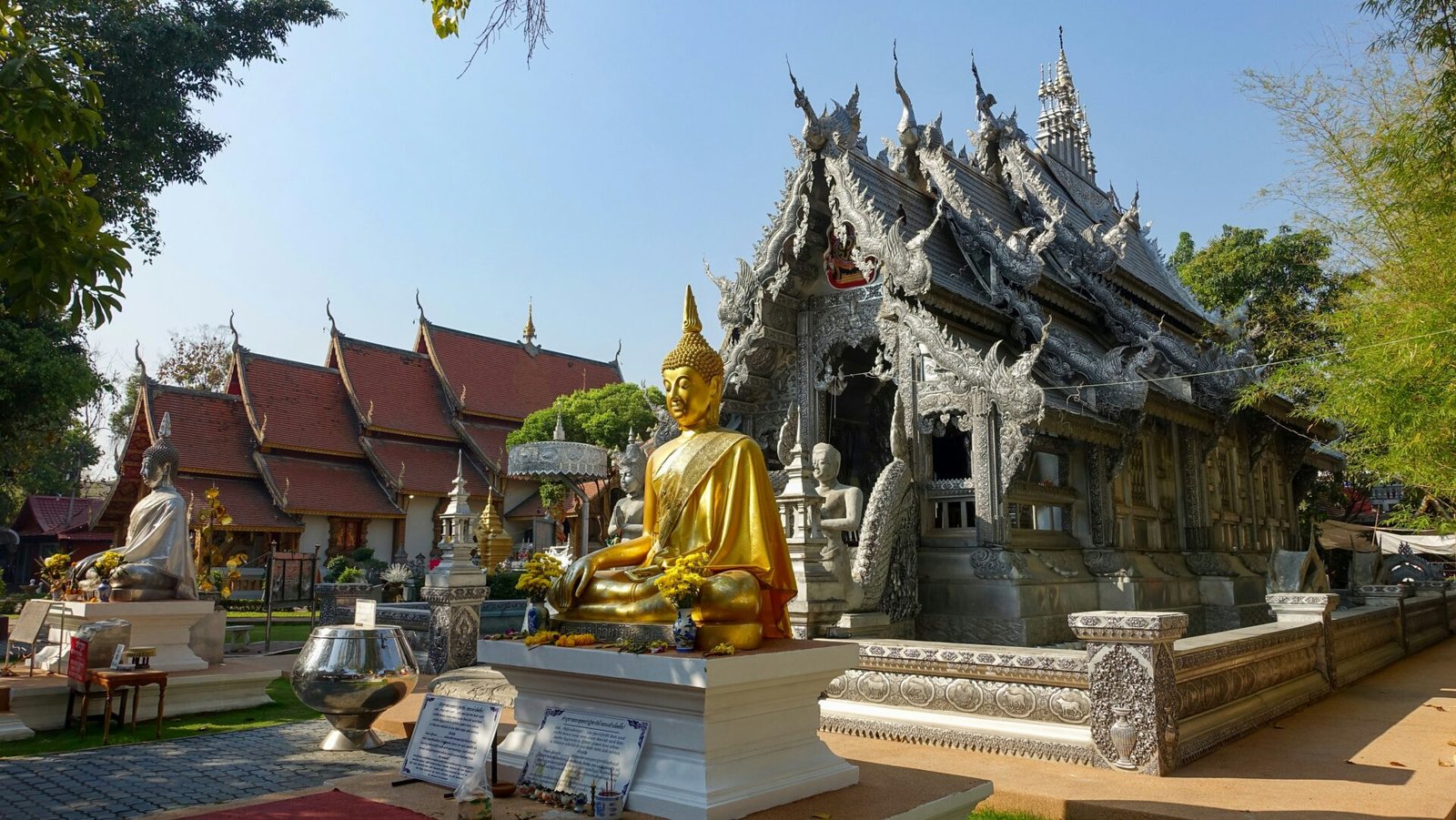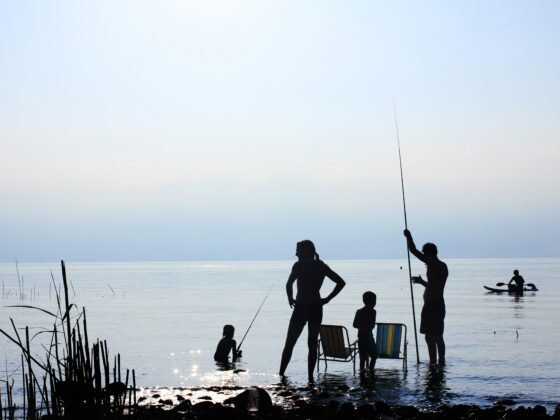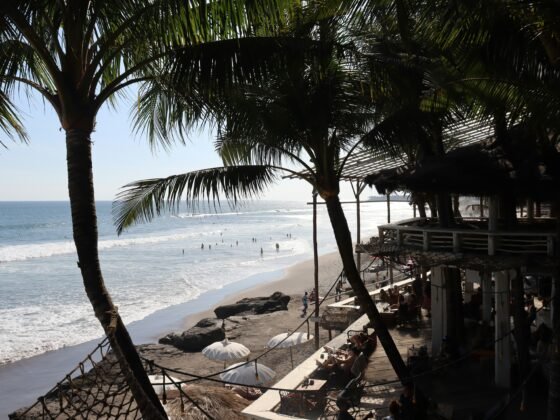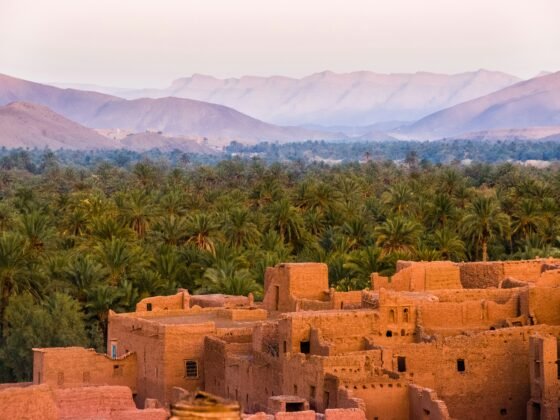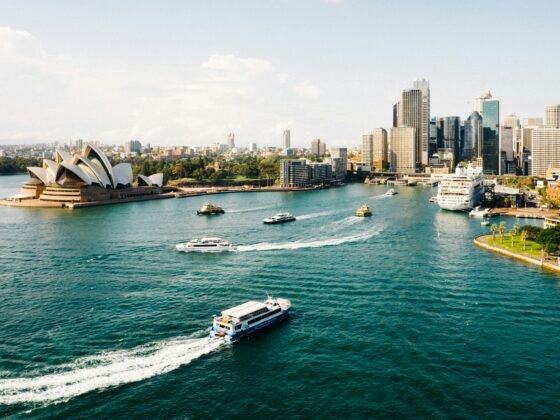Choosing between Northern and Southern Thailand feels like picking between chocolate and vanilla – both are incredible, but they satisfy completely different cravings. Thailand is the 8th most popular tourist destination in the world, thanks to its vibrant culture, mouth-watering food, and breathtaking landscapes.
This popularity creates a delightful dilemma for first-time visitors: should you explore the cultural temples and mountain adventures of the North, or dive straight into the tropical beaches and island paradise of the South?
The answer isn’t straightforward, but understanding each region’s unique personality will help you make the perfect choice for your first Thai adventure.
Understanding Thailand’s Two Distinct Regions
Before diving into specifics, it’s worth understanding that Thailand essentially offers two completely different vacation experiences. The country splits into distinct regions, each with its own climate, culture, and attractions that appeal to different types of travelers.
When planning your trip, staying connected becomes crucial for navigation, translation apps, and sharing those Instagram-worthy moments. Getting an esim for thailand eliminates the hassle of finding local SIM cards or dealing with expensive roaming charges. This digital solution works seamlessly across both regions, whether you’re temple-hopping in Chiang Mai or beach-hopping in Phuket. Many travelers also consider extending their Southeast Asian adventure to nearby countries, making an esim thailand a practical option for those planning a broader regional trip.
What Makes Northern Thailand Special
Northern Thailand travel revolves around cultural immersion and natural beauty. The region feels more authentically Thai, with fewer tourist crowds and deeper connections to traditional culture. Ancient temples dot the landscape, hill tribes maintain their centuries-old customs, and the cooler mountain climate provides relief from Thailand’s typical heat.
The North offers jungle trekking, elephant sanctuaries, and vibrant night markets. Cities like Chiang Mai and Chiang Rai showcase Thailand’s artistic heritage through countless temples, traditional crafts, and cooking classes that teach authentic Northern Thai cuisine.
Southern Thailand’s Unique Appeal
Southern Thailand travel means pristine beaches, crystal-clear waters, and tropical island adventures. This region attracts beach lovers, diving enthusiasts, and party-goers seeking that perfect Instagram shot. The South pulses with energy, from bustling beach towns to secluded island hideaways.
World-famous destinations like Phuket, Krabi, and Koh Samui offer everything from luxury resorts to budget backpacker scenes. The region’s marine life, limestone cliffs, and powder-soft beaches create Thailand’s postcard-perfect image.
Climate and Weather Differences
Weather patterns differ significantly between regions. Northern Thailand experiences cooler temperatures, especially from November to February, making it perfect for outdoor activities. The South maintains tropical warmth year-round, with different coasts experiencing varying rainy seasons.
Understanding these patterns helps determine timing for your visit. The North’s cool season coincides with festival season, while the South’s weather varies between east and west coasts.
Northern Thailand Travel – Cultural Heart and Mountain Adventures
The North represents Thailand’s cultural soul, where ancient traditions blend with modern life in fascinating ways. This region rewards travelers seeking authentic experiences over beach relaxation.
Chiang Mai: The Cultural Capital
Chiang Mai deserves its reputation as Northern Thailand’s crown jewel. The city balances historical significance with modern amenities, creating an accessible introduction to Thai culture. Over 300 temples showcase various architectural styles, from the famous Doi Suthep to hidden neighborhood gems.
The old city’s square layout makes exploration easy, while the surrounding mountains offer day trip opportunities. Night markets, cooking classes, and traditional massage schools provide hands-on cultural experiences.
Adventure Activities and Trekking
Northern Thailand excels in outdoor adventures. Multi-day treks through jungle paths lead to hill tribe villages, waterfall swims, and bamboo rafting experiences. Ethical elephant sanctuaries provide meaningful wildlife encounters without exploitation.
Rock climbing, zip-lining, and white-water rafting add adrenaline to cultural exploration. The region’s mountains create diverse ecosystems, from tropical forests to cooler highland areas supporting different flora and fauna.
Food and Local Experiences
Northern Thai cuisine differs significantly from Southern dishes. Sticky rice replaces jasmine rice, while curry flavors tend toward milder, coconut-milk-free preparations. Signature dishes like khao soi (curry noodle soup) and sai ua (Northern sausage) showcase regional specialties.
Local markets offer ingredients you won’t find elsewhere in Thailand. Cooking classes teach traditional techniques, while food tours explore street vendor culture and family-run restaurants that have served the same recipes for generations.
Southern Thailand Travel – Beaches, Islands, and Tropical Paradise
Southern Thailand delivers the tropical fantasy that draws millions of visitors annually. This region excels in beach activities, water sports, and that perfect tan you’ve been dreaming about.
Popular Island Destinations
The South boasts Thailand’s most famous islands, each with a distinct personality. Phuket offers everything from luxury resorts to budget accommodations, plus vibrant nightlife and excellent diving. Koh Samui provides a more relaxed vibe with palm-fringed beaches and wellness retreats.
Krabi’s limestone cliffs create dramatic backdrops for photos, while smaller islands like Koh Phi Phi offer day trip adventures. Each destination attracts different crowds, from party-seekers to families to luxury travelers.
Beach Activities and Water Sports
Southern Thailand’s clear waters and marine life create perfect conditions for snorkeling, diving, and water sports. Coral reefs teem with tropical fish, while deeper waters offer encounters with whale sharks and manta rays.
Kayaking through mangrove forests, parasailing over crystal waters, and sunset sailing trips provide active alternatives to beach lounging. Many islands offer certification courses for diving enthusiasts wanting to explore underwater worlds.
Nightlife and Entertainment
The South’s nightlife ranges from beachfront bars to world-famous party destinations. Full moon parties on Koh Phangan attract thousands monthly, while Phuket’s Patong Beach offers everything from quiet beachside drinks to bustling nightclub scenes.
Fire shows, beach parties, and rooftop bars create entertainment options for every taste. The region’s tourism infrastructure ensures safe, well-organized nightlife experiences.
Thailand Travel Guide – Practical Planning Considerations
Successful Thailand travel requires understanding practical logistics, especially when deciding between or combining both regions. Planning ahead ensures smoother experiences and better value for money.
Transportation Between Regions
Flying between Bangkok and major cities proves most efficient for time-conscious travelers. Budget airlines connect Northern cities like Chiang Mai with Southern destinations like Phuket in under two hours. Overland travel takes longer but offers scenic countryside views.
Buses and trains provide budget-friendly options with overnight journeys saving accommodation costs. Thailand’s transportation network makes region-hopping relatively easy, though flight connections usually require Bangkok stopovers.
Accommodation Options
Both regions offer accommodation across all budget levels. Northern Thailand typically costs less, with guesthouses, boutique hotels, and luxury resorts priced below Southern equivalents. The North’s cooler climate means fewer air conditioning costs.
Southern Thailand’s beach locations command premium prices, especially during peak season. However, the region’s tourism infrastructure provides more variety, from backpacker hostels to world-class luxury resorts.
Budget Planning Tips
Northern Thailand travel generally costs 20-30% less than Southern destinations. Food, accommodation, and activities are priced lower, while cultural attractions often charge minimal entrance fees. The North suits budget travelers seeking authentic experiences.
Southern Thailand travel requires higher budgets for accommodation and dining, especially on popular islands. However, the region offers more package deals and all-inclusive options that can provide value for luxury-seekers.
Best Places to Visit in Thailand – Top Destinations by Region
Each region contains must-see destinations that showcase Thailand’s diversity. Understanding top attractions helps prioritize limited vacation time.
Must-See Northern Attractions
Chiang Mai’s temple complex and Sunday Walking Street provide cultural immersion. Doi Inthanon National Park showcases Thailand’s highest peak and diverse ecosystems. The Golden Triangle offers historical significance where Thailand meets Myanmar, and Laos meet.
Pai’s hippie vibe attracts younger travelers, while Chiang Rai’s White Temple creates Instagram-worthy moments. Traditional villages demonstrate hill tribe cultures, and elephant sanctuaries provide ethical wildlife encounters.
Unmissable Southern Highlights
Phuket’s beaches range from party-central Patong to quieter Kata and Karon. The Phi Phi Islands offer day trip adventures with stunning limestone formations. Krabi’s Railay Beach provides rock climbing and secluded bay access.
Koh Samui balances luxury resorts with local culture, while Koh Tao specializes in diving certifications. The mainland’s Khao Sok National Park offers jungle experiences within the Southern region.
Beyond Thailand’s famous hotspots lie destinations that offer a deeper, more authentic connection to the country’s landscapes and cultures. In the north, Mae Hong Son enchants with winding mountain roads, mist-covered valleys, and hilltop temples that feel untouched by time. Often called a “mini Tibet,” it’s also home to ethnic hill tribe communities and soothing hot springs.
In the south, the charm lies in islands and provinces that remain blissfully low-key. Koh Lanta blends soft-sand beaches, mangrove forests, and cozy coastal villages, making it a peaceful alternative to Thailand’s busier islands. Trang Province is another standout, with pristine islands like Koh Mook and Koh Kradan, where clear waters reveal vibrant coral reefs and colorful marine life. These lesser-known destinations prove that Thailand’s most memorable adventures often unfold far from the tourist trail.
Thailand Travel Tips – Making Your Decision
Choosing between regions ultimately depends on personal preferences, travel style, and what you hope to gain from your Thai experience. Consider these factors when making your decision.
First-Time Visitor Recommendations
First-time visitors often benefit from Southern Thailand’s established tourism infrastructure and English-speaking services. The region’s beaches and islands match most people’s Thailand expectations, while adventure activities cater to various skill levels.
However, Northern Thailand travel offers more authentic cultural experiences and better value for money. The region suits travelers prioritizing cultural learning over beach relaxation. For those planning multiple Asian destinations, an esim thailand provides connectivity options for continuing westward travels.
Seasonal Considerations
Northern Thailand’s cool season (November-February) coincides with perfect weather and festival season. This timing offers the best cultural experiences but attracts more crowds. The hot season (March-May) means fewer tourists but challenging temperatures.
Southern Thailand’s weather varies by coast. The west coast (Phuket, Krabi) experiences dry season from November-April, while the east coast (Koh Samui, Koh Phangan) sees better weather from February-October.
Combining Both Regions
Many travelers successfully combine both regions in 2-3 weeks. Starting North provides a cultural foundation before Southern relaxation. This approach offers comprehensive Thailand experiences, though it requires more planning and higher budgets.
An esim thailand becomes useful for travelers extending their journey beyond Thailand, while managing connectivity needs across multiple regions remains important for navigation and communication.
Common Questions About Thailand Travel Planning
Where is the best place to start in Thailand?
Bangkok truly is the best place to experience your first authentic taste of Thailand. With plenty of restaurants, street stalls, and floating markets offering delicious dishes, there are endless top-tier foodie experiences to enjoy.
When to visit different parts of Thailand?
Most of Thailand has cool temperatures between Nov to March (winter and spring months), like most other SE Asian countries, making it one of the best times to visit the country. The rainy season begins around June and continues intermittently until October.
Can I use the same eSIM for both regions?
Yes, a single esim for thailand works throughout the entire country, providing seamless connectivity whether you’re exploring Northern temples or Southern beaches without needing separate regional plans.
How long should I spend in each region?
Plan a minimum of one week per region to experience highlights properly. Two weeks allows deeper exploration, while three weeks enables thorough cultural immersion and beach relaxation without rushing.
Is it safe to travel between regions alone?
Thailand maintains excellent safety standards for solo travelers. Both regions offer well-developed tourism infrastructure, English-speaking services, and established backpacker networks providing support and social connections.
Image: Unsplash, Peter Borter

